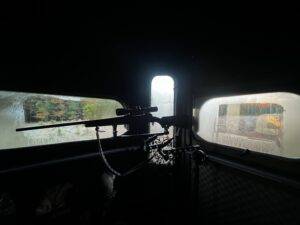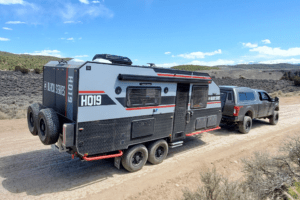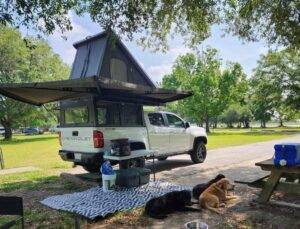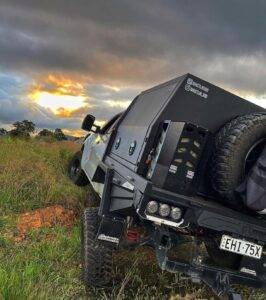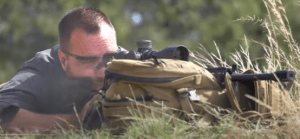
dove hunting
Article Written by Mike Newell (@mtnewell)

Dove season is less than a month away, so now is the time to start getting ready. Here are some tips that will translate into better shooting when the little grey missiles start flying.
- Equipment fit – The most important tip for shooting is to use the right equipment. Making sure that your shotgun fits you and your shooting style may be the best improvement you could make. Having an expert help with stock length and vent height should be the first thing you do. The adjustment might be adding or reducing the recoil pad size, or as simple as using a length of electrical tape around the stock to help keep the stock from sticking to clothing when being mounted.
- Practice dry – One of the best tips I’ve seen to help with shotgunning is to practice mounting and lead by inserting a mini mag light into the barrel of an unloaded shotgun (it will wedge nicely into a 12 or 20 gauge shotgun barrel). The light will show up on a wall and allow good practice of mounting and swinging the gun. A few minutes of practice daily, will make mounting the shotgun feel natural.
- Shooting improves shooting -Nothing takes the place of practice. Shooting clays is the most realistic practice the shooters can do. A box of clay pigeons, a thrower and a few boxes of shells can not only provide some excellent practice, but lots of fun too.
- Realistic practice – If you have a sporting clays range close to you, it can provide even better practice by putting the shooter in hunting situations. If you are not fortunate enough to have a sporting clays range close by, vary your practice by changing the location of the thrower to simulate similar situations. Too many times shooters will stand right next to the thrower and only practice going away shots. When was the last time you had a dove or duck shot like that. If you don’t have a sporting clays, move to the side of the shooter 20 yards or so and throw an angling away pigeon that tends to tail, much like a dove would. Repeat this from the other side to get the best practice. If you have a thrower that can be moved downrange and throw targets back at the shooter (of course you can’t do this when the trap is human controlled) this really gives a realistic type of shot.
- Slow things down – They say that a play for an athlete in the “zone” slows down, as if in slow motion. One of the things to really practice while shooting clays is to slow down. Too many times, especially while dove hunting, shooters shoot too quickly. By slowing down your motions and taking an extra half second to breath, get on target, then pull the trigger shooters will greatly improve their shooting percentages, and reduce the need for that second (or sometimes third) shot.
- Practice mechanics – One of the most discussed topics of shotgun shooting is lead. There are two basic thoughts when it comes to leading a target, and all flying targets (clays or real birds) must be lead with enough distance for the target to “fly” into the shot stream. The first type of lead is called sustained lead, and refers to a shooter aiming a set distance in front of the target and moving with the target sustaining that distance. The trick with this type of shooting is that the amount of sustained lead must change with the speed of the target and the distance away from the shooter. The best way to be successful with sustained lead is to practice.
- Shoot the beak -The biggest mistake that shooters make with any type of lead is stopping the gun once the shot is fired. Keep the gun moving even after the trigger is squeezed is imperative. And from what I’ve seen over the years, most misses are behind the target, in fact, I have found that it is very difficult to shoot in front of the target. When practicing, concentrate on shooting the front half of the target and you will be much more successful.
- Catch up, get ahead, shoot -The second thought on lead is starting behind the target, moving the gun slightly faster than the target, catching up, moving in front the target and squeezing off the shot. Again the distance and speed will determine how far in front the gun will have to be before the shot is fired, and the gun must remain in motion.
There is no doubt the some people are just good shots and have a better ability to hit moving targets, but no matter what your skill level, a little practice in the coming weeks will relate to better success in the field once the season begins.

